Increasing Data Traffic
The Telecom Cable Market is experiencing a surge in data traffic, driven by the proliferation of internet-connected devices and the growing demand for high-speed internet services. As more consumers and businesses rely on digital platforms for communication, entertainment, and commerce, the need for robust telecom infrastructure becomes paramount. According to recent statistics, data traffic is projected to increase exponentially, with estimates suggesting a compound annual growth rate of over 25% in the coming years. This trend necessitates the expansion and enhancement of telecom cable networks to accommodate the rising demand, thereby propelling growth within the Telecom Cable Market.
Rising Adoption of 5G Technology
The rollout of 5G technology is poised to have a transformative impact on the Telecom Cable Market. 5G networks require extensive fiber optic infrastructure to support their high-speed and low-latency capabilities. As telecommunications companies invest in 5G deployment, there is a corresponding increase in demand for advanced telecom cables that can handle the increased data loads and connectivity requirements. Analysts predict that the 5G rollout will drive significant growth in the telecom cable sector, with investments in fiber optic cables expected to rise sharply. This trend underscores the critical role of telecom cables in facilitating the next generation of wireless communication.
Emerging Markets and Urbanization
The Telecom Cable Market is also being driven by urbanization and the expansion of telecommunications services in emerging markets. As urban populations grow, the demand for reliable and high-speed internet connectivity intensifies. Emerging economies are witnessing rapid infrastructure development, with telecom companies striving to meet the needs of a tech-savvy population. This trend is reflected in the increasing investments in telecom cable networks to support urban connectivity. Furthermore, as more people gain access to the internet, the demand for telecom services is expected to rise, thereby fueling growth in the Telecom Cable Market. The interplay between urbanization and telecom infrastructure development presents a significant opportunity for market expansion.
Advancements in Fiber Optic Technology
The Telecom Cable Market is significantly influenced by advancements in fiber optic technology, which offers superior performance compared to traditional copper cables. Fiber optics provide higher bandwidth, lower latency, and greater reliability, making them the preferred choice for modern telecommunications. The transition from copper to fiber optic cables is evident, with many service providers investing heavily in upgrading their infrastructure. Reports indicate that fiber optic installations are expected to account for a substantial portion of new telecom cable deployments, further driving the growth of the Telecom Cable Market. This shift not only enhances service quality but also supports the increasing demand for high-speed internet access.
Government Initiatives and Investments
Government initiatives aimed at improving telecommunications infrastructure play a crucial role in shaping the Telecom Cable Market. Many governments are recognizing the importance of robust telecom networks for economic development and social connectivity. As a result, there has been a notable increase in public investments and policy support for telecom infrastructure projects. For instance, various countries have launched programs to expand broadband access in rural and underserved areas, which often involves significant upgrades to existing telecom cable networks. Such initiatives are likely to stimulate demand for telecom cables, thereby contributing to the overall growth of the Telecom Cable Market.


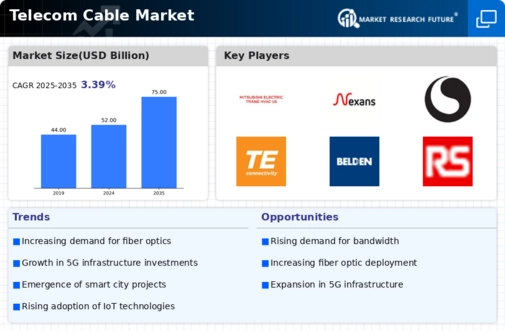
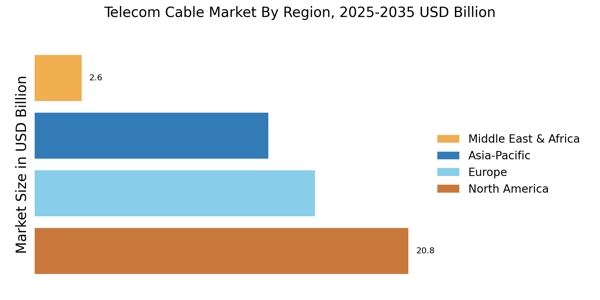
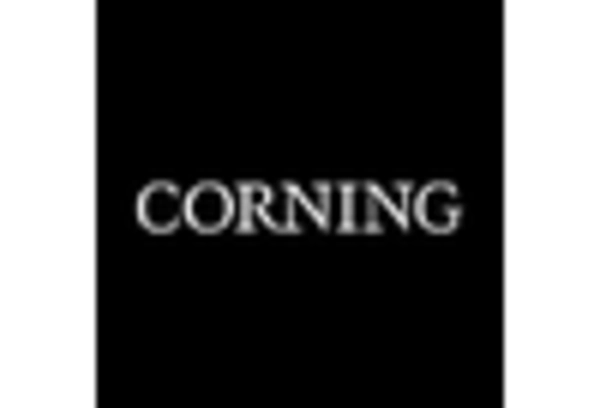
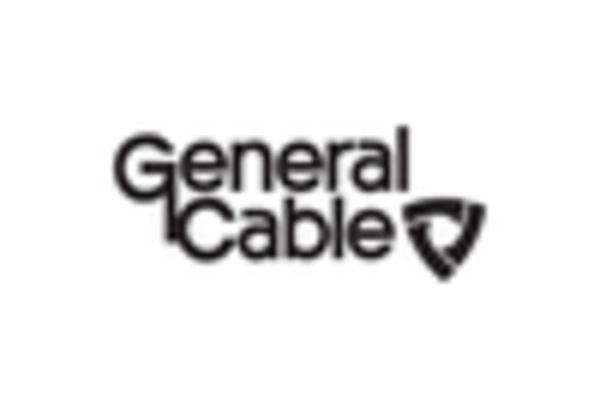
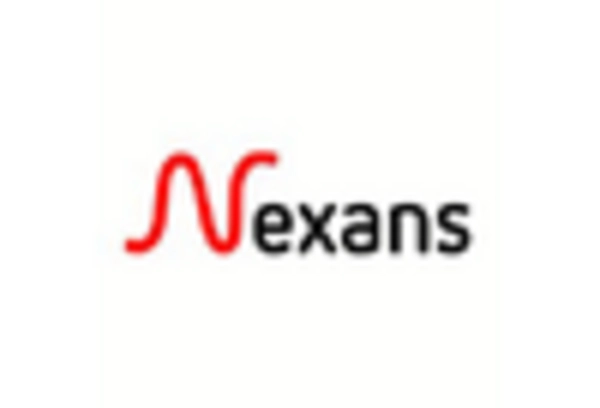
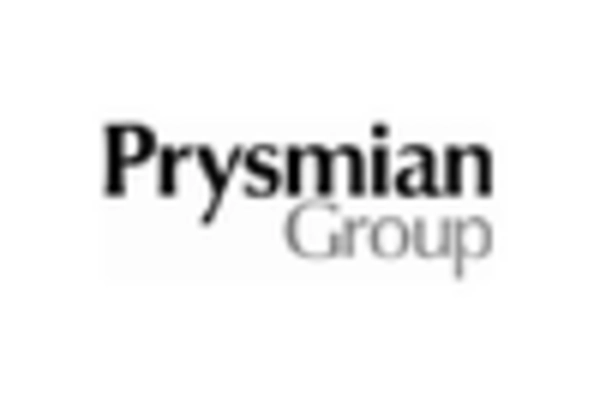
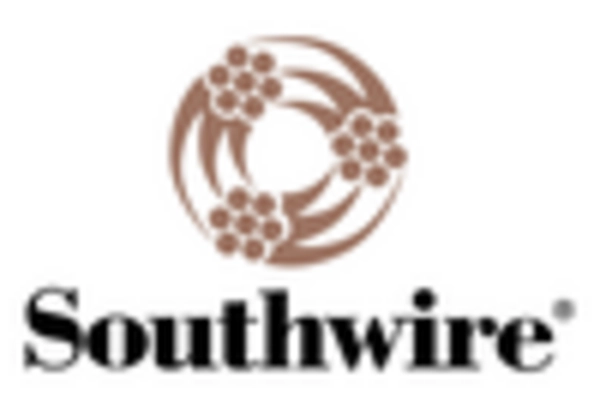
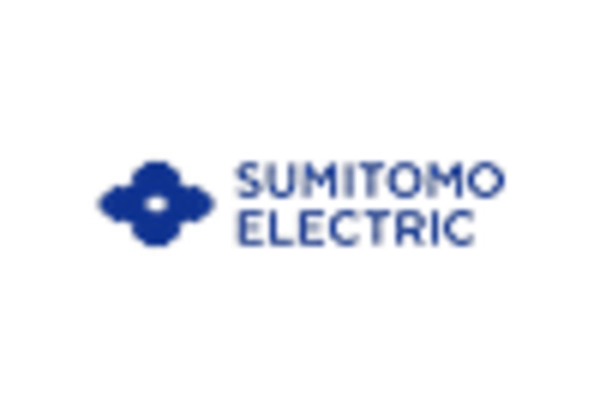








Leave a Comment